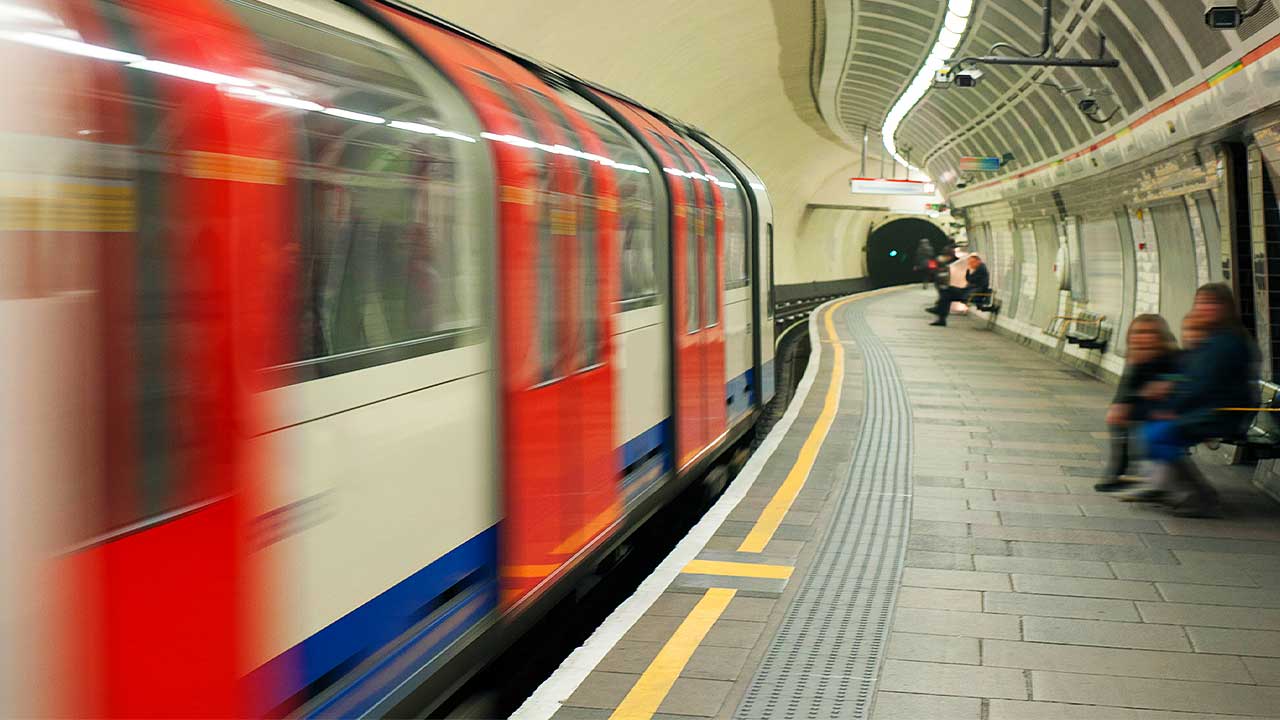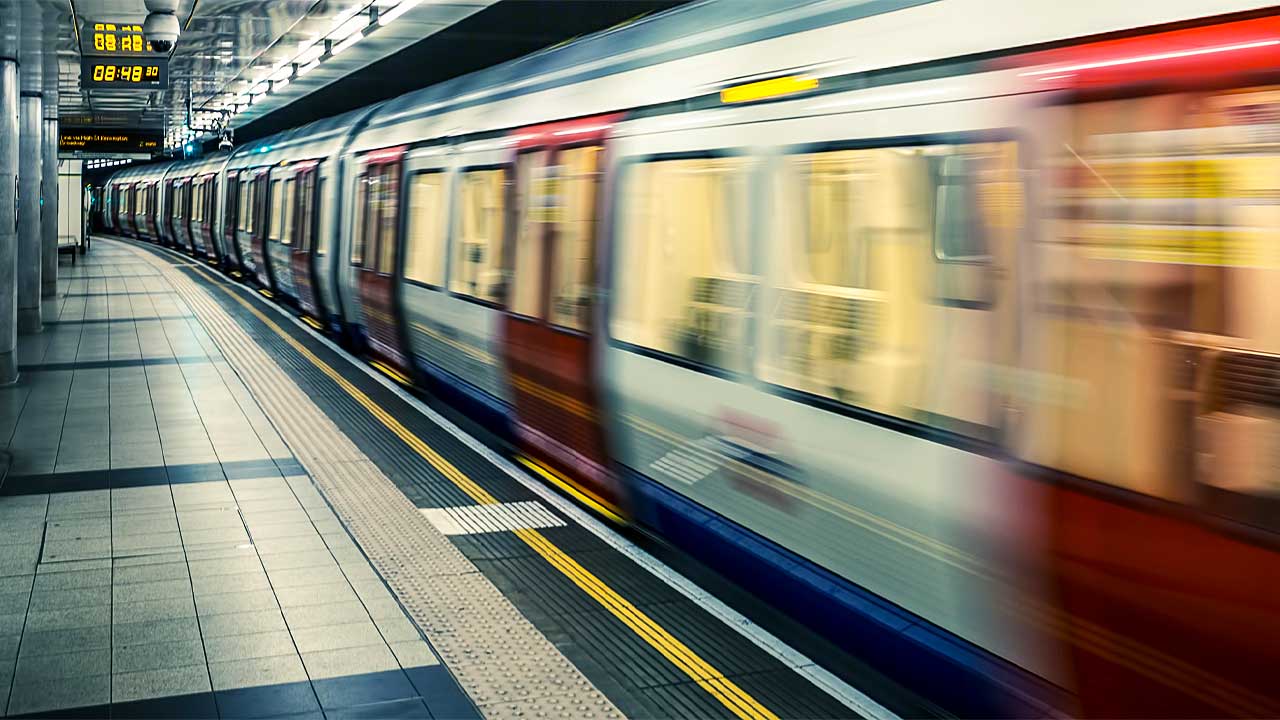Public transportation has a history in London. The world’s first underground railway has transformed over the years into what we know today as the London Underground—known simply as the Tube—by using the most advanced technologies of its time. With coverage to one of the busiest metropolitans on earth, it seems impossible to upgrade its system without causing massive delays, yet Transport for London (TfL) recently found a way to give its trains a much-needed boost into the 21st century.
Using BIM, the TfL-commissioned Siemens Mobility Limited designed and introduced a new model of the train which would better facilitate passengers during peak hours, cut down on delays, and offer riders a more user-friendly experience, among other numerous benefits. If you’re interested in finding out how engineering technology is shaping the new look of London’s Underground, read on to learn more.
Engineering Technology Helped Map out the Underground’s Infrastructure
Some of the trains racing through the Tube have been in service for nearly 40 years. As the population of London grows and puts more stress on the train line, TfL decided that the technology might need an upgrade. But London is an old city, and there was a problem: an extensive, pre-existing underground infrastructure.

Designers used engineering technology to replicate over 100 platforms
So where does BIM come in? Take the Piccadilly line, which was built to follow the roadway above to avoid demolishing buildings along the construction route. This means that the tunnel has sharp turns, and the trains need to shift in speeds at various points to maneuver around safely. In order to adjust to the already difficult conditions, the design team used to scan data to create a point cloud model of every platform—all 120—which was accurate to within 20 mm of its physical counterpart. Students in engineering training might appreciate just how big of an undertaking it was.
Technology from Engineering Training Perfected the New Train Design
One of the main benefits that BIM offers to students in an engineering design technology program is that it can give them an idea of what the final product will look like and how it will respond to its environment. That much quickly became clear when contractors set out to craft a more streamlined train model which was more efficient and safe than its predecessors.
Teams used what’s known as Dimensionally Driven Design (DDD), which is a form of modeling that focuses on the parameters and features of the final product. Using DDD, designers crafted a new train which would be six-meters longer, have walk-through carriages, and include modern amenities like air conditioning and LED screens.
Future Passengers might not Have to ‘Mind the Gap’
With the use of information modeling such as DDD, teams were able to draft a more efficient, reliable train which cut down on commuting time and provided a safer environment for passengers. Although the infrastructure isn’t conducive to something like Japan’s bullet train, the design team optimized their new train to shave off an entire quarter of the traditional time it took for the train to stop.
Studying at an engineering design technology college means that you’re an innovator who wants to optimize and enhance the technology we use every day to make life safer. For decades, passengers on the Tube have been reminded to ‘Mind the Gap’ of a large space in between the track and the platform. The engineers behind the new Underground trains took that into consideration, and, using BIM to identify and analyze the parameters of each platform, introduced a wider model which (literally) bridged the gap, reducing a significant hazard and providing a safer overall transportation experience.
Do you want to complete training for a rewarding career?
Fill out the form to get started!



